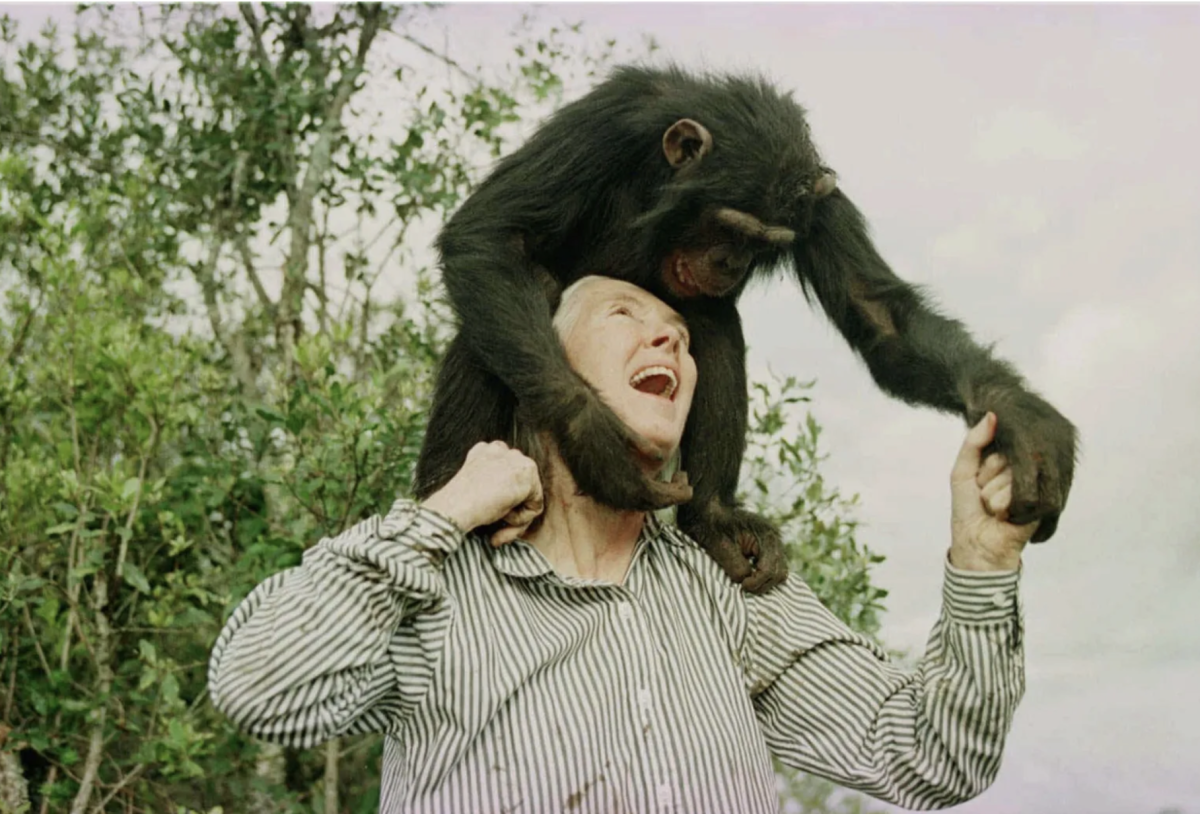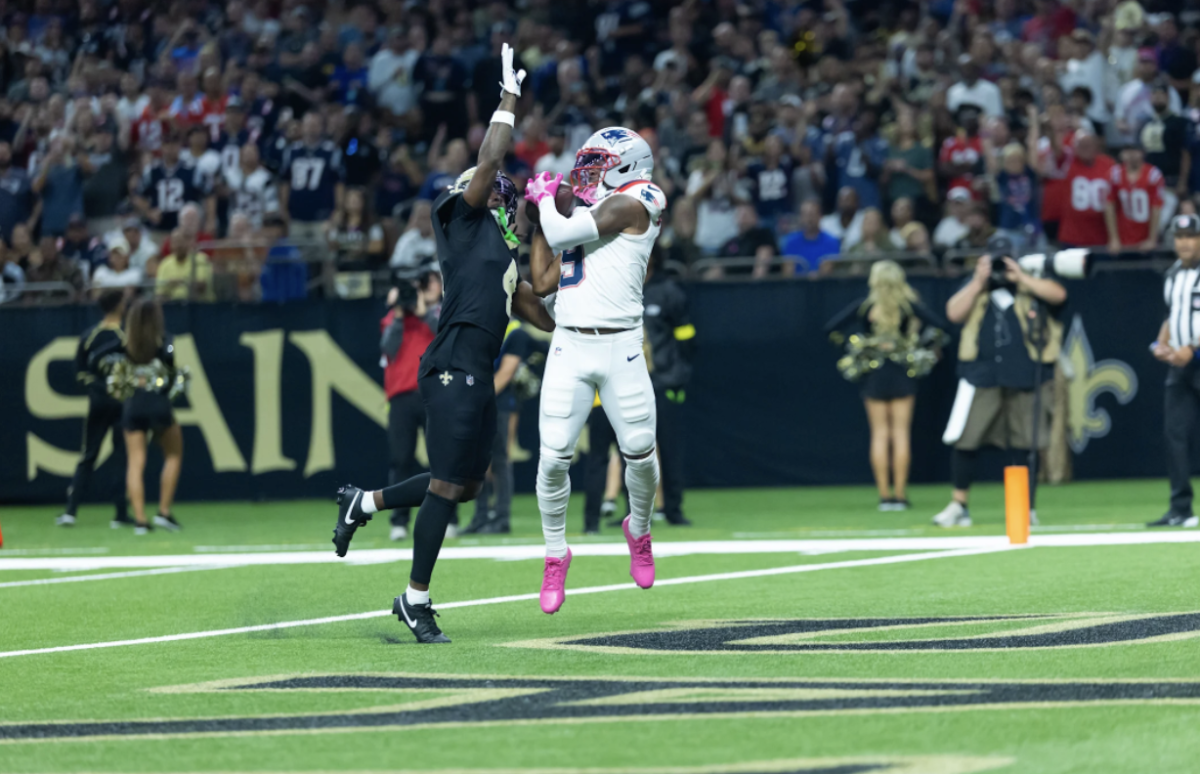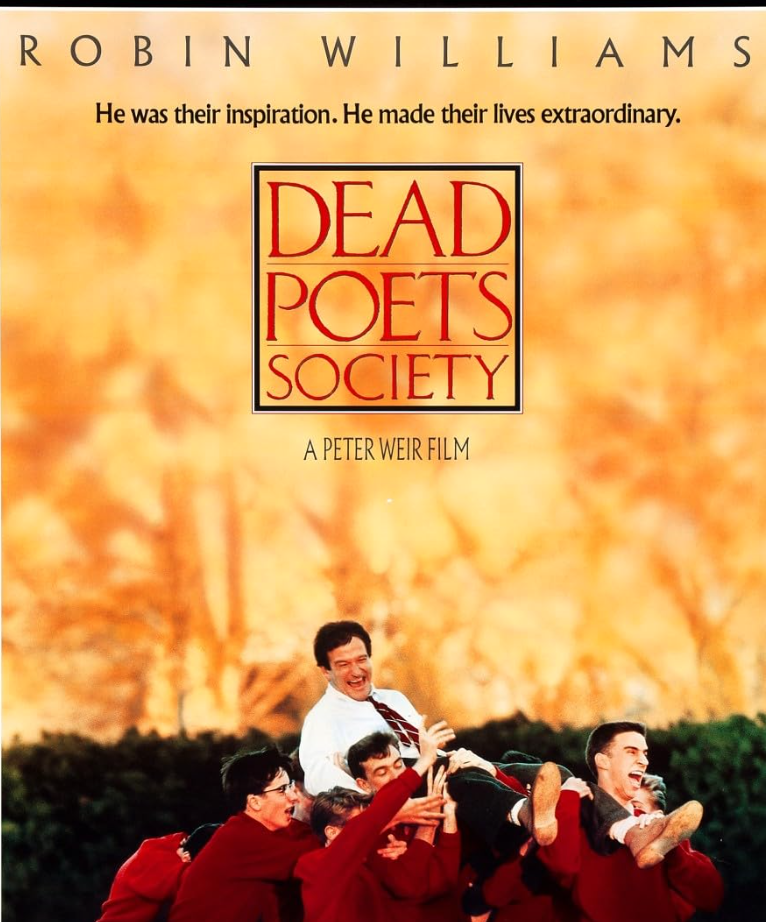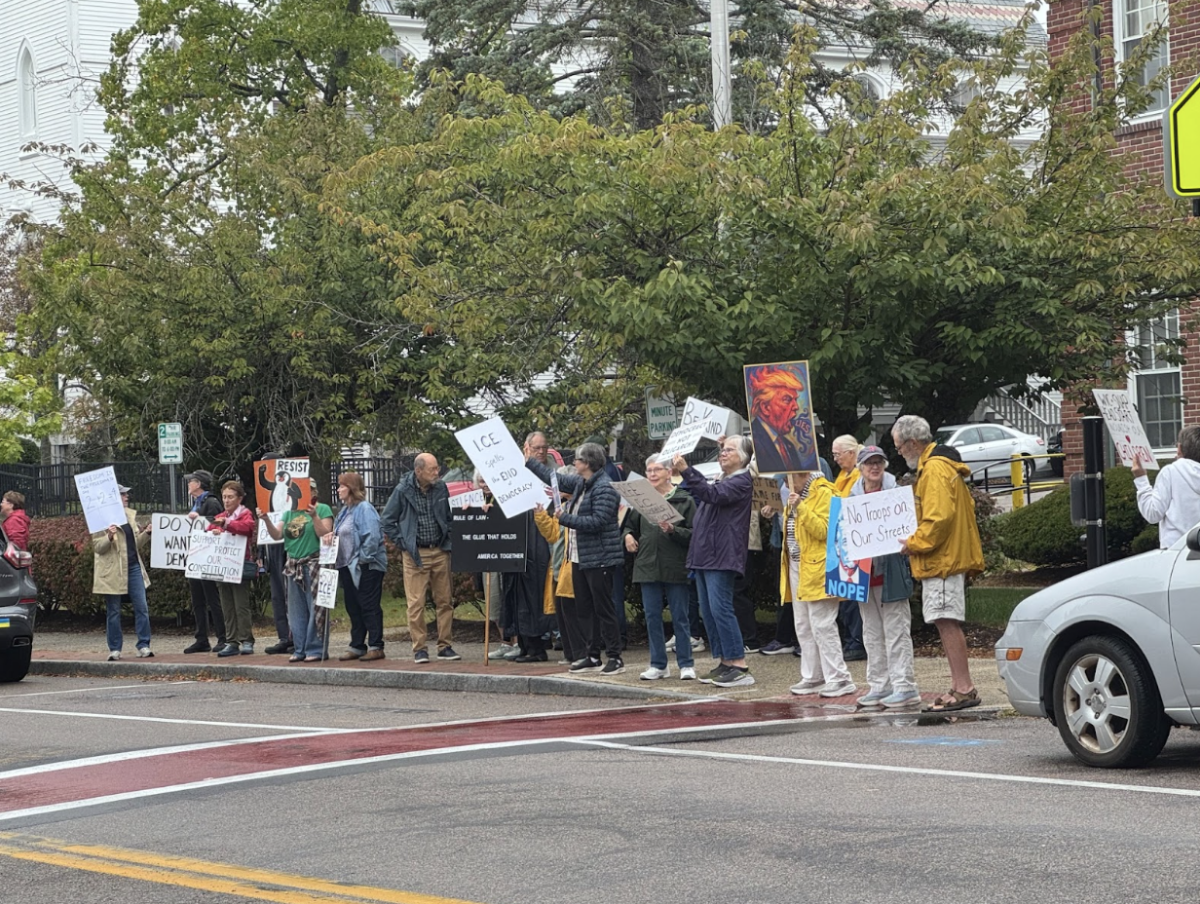The code of conduct was put into place following the allegations of Judge Thomas accepting significant financial support from Texas billionaire, Harlan Crow. Reports from the New York Times say that Justice Thomas didn’t disclose payments for his grandnephew’s private school, a property sale, and luxurious trips, all funded by Crow. Olivia Nolan, a sophomore at Hingham High School said, “I am really surprised that they did not have a code of conduct earlier”. While the Supreme Court didn’t have its conduct code, it was still guided by general ethics laws that mandate the disclosure of gifts over a few hundred dollars that the judges receive. The gifts that judge Thomas received were valued at close to $500,000, however, judge Thomas argued, “personal hospitality from close personal friends, who did not have business before the Court.”
However, there are also some major controversies with this code, the first being that the new SCOTUS Code and the Code of Conduct for U.S. Judges have some important differences, especially in how they enforce ‘good behavior’.

The U.S. Judges’ Code makes it clear that judges should follow high standards, and if there is credible information against a judge, there’s an expectation that something will be done about it. But, the new SCOTUS Code uses language that justices should just “maintain and observe” high standards. It doesn’t specifically say that a justice has to take action if another justice breaks the rules. Another controversy with this is that it is making sure the rules aren’t just written down, but mean something. In the past, there have been cases where the rules were broken, and it’s hard to figure out how to make sure there were real consequences for that. What is questioned now is how to make sure that the rules are followed and that justices stick to the ethical standards in the document. This worry highlights the need for ways to truly hold justices accountable when they break the rules, and the transparency, people argue, will help the system to be more reliable. Ryan Alexander, another senior, thinks, “The more a rule is broken, I think, the weaker it is enforced.” This same idea is being argued by many people who disagree with the way the Supreme Court handled the issue, and some people think that there should have been consequences for what Judge Thomas did.
In conclusion, The SCOTUS Code of Conduct has become a controversial issue because people are unsure if it will work. The documents for the Supreme Court justices and the justices below the Supreme Court are different, and it’s not clear how the judicial system will make sure the justices will follow the code. The big challenge is to make these rules more than just words on paper and have the rules have serious consequences.






























